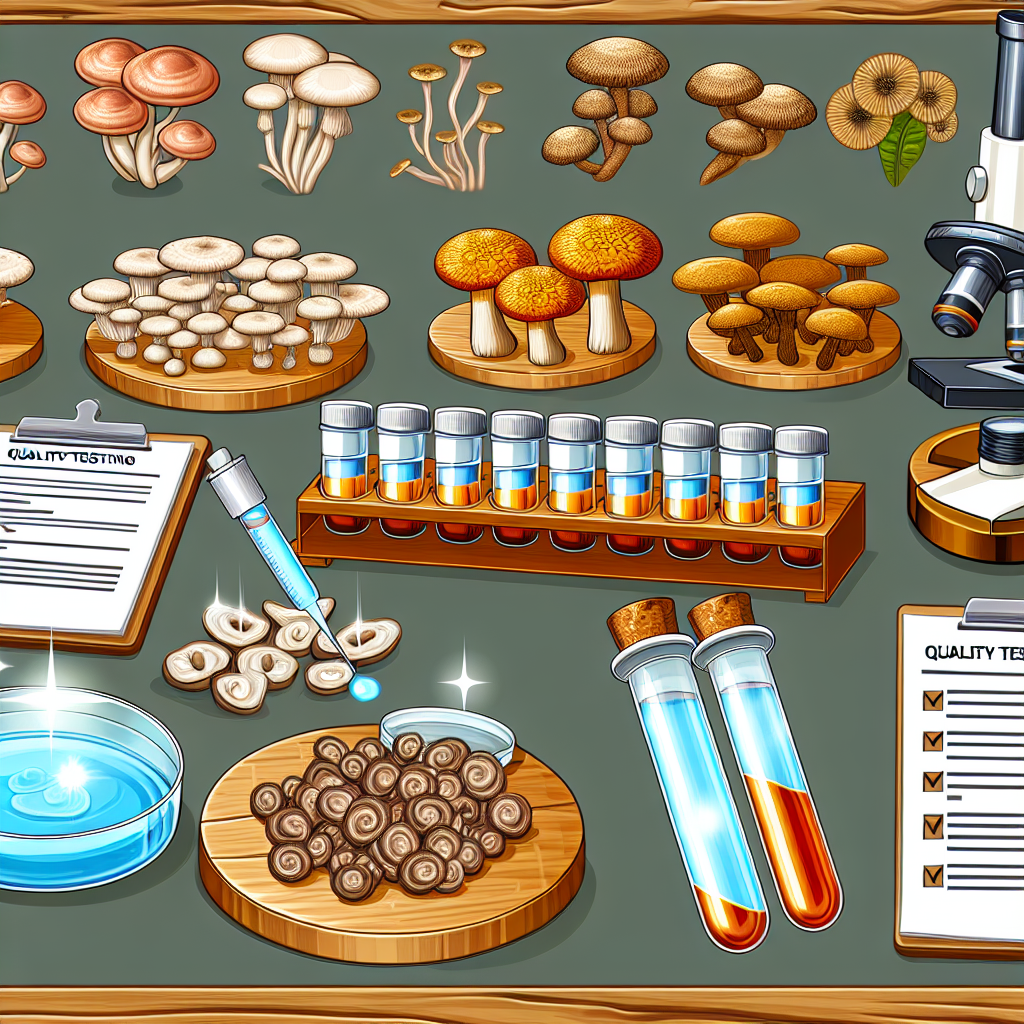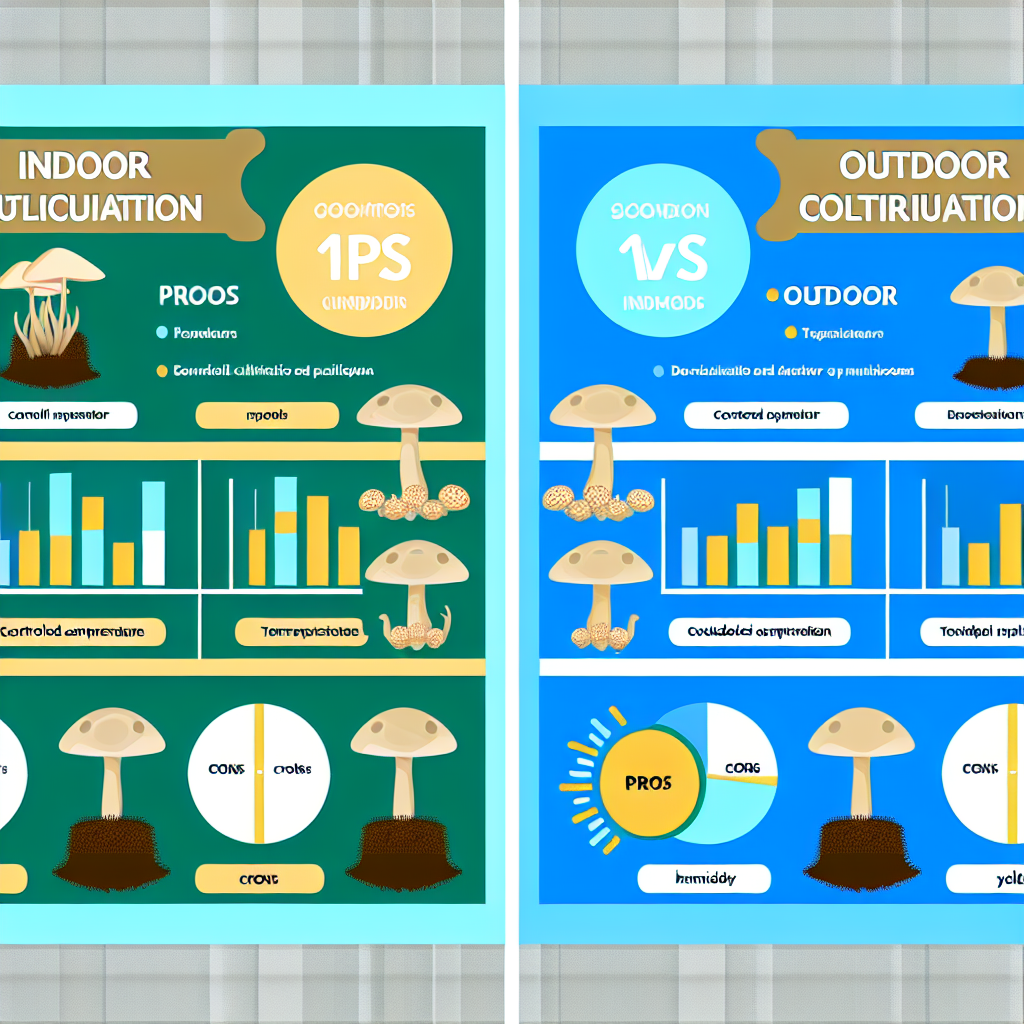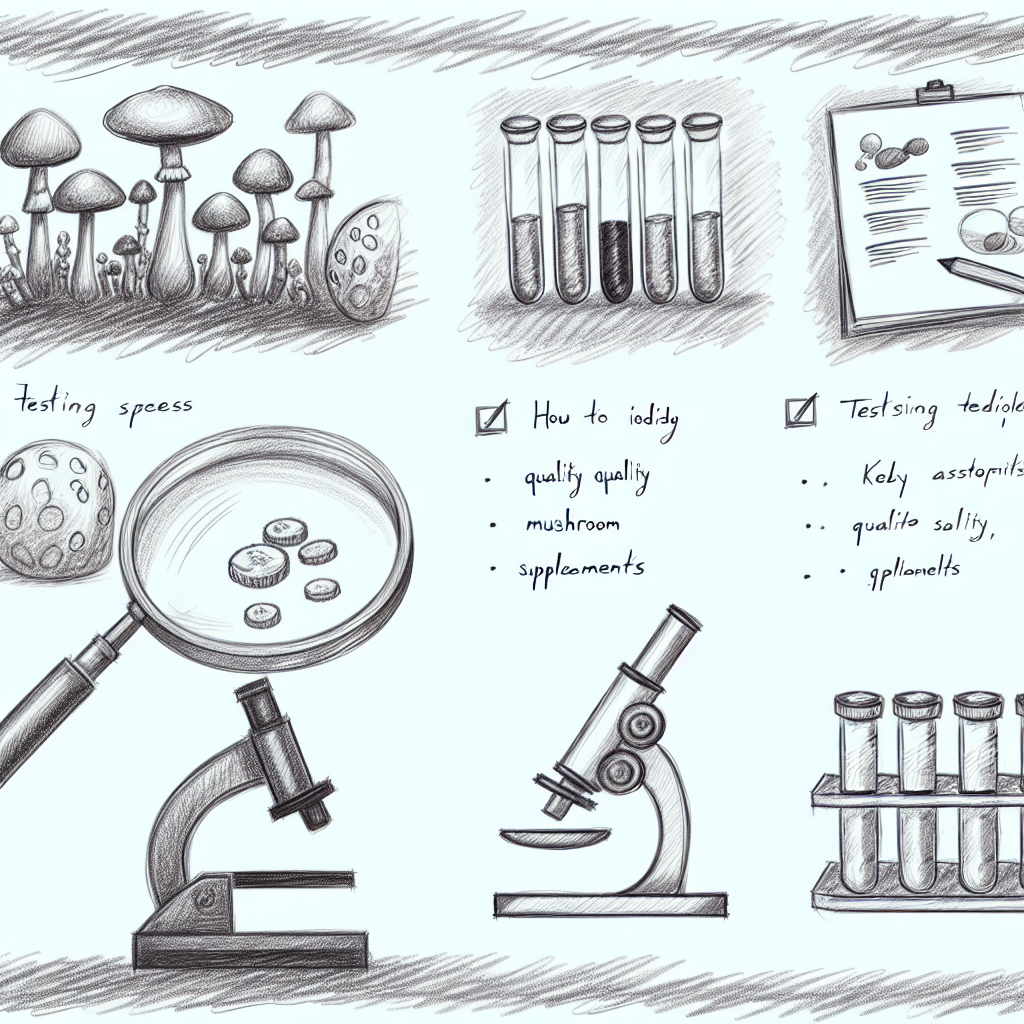Mushroom Supplement Quality Testing: Identifying Purity and Potency
Introduction
In recent years, functional and medicinal mushroom supplements have emerged as powerful natural aids for enhancing physical health, supporting mental clarity, and boosting immune function. With rising interest in species such as Lion’s Mane (Hericium erinaceus), Reishi (Ganoderma lucidum), Cordyceps, Chaga, and psilocybin mushrooms, the marketplace has become flooded with supplements marketed in the form of powders, tinctures, capsules, and teas.
However, with this boom in popularity comes growing concern regarding the quality, safety, and potency of these products. Since the U.S. Food and Drug Administration (FDA) regulates dietary supplements less stringently than pharmaceuticals, ensuring product quality has become the responsibility of manufacturers, independent labs, and consumers.
Mushroom supplement testing is essential to determine not only the presence of active compounds like beta-glucans, triterpenoids, and psilocybin but also to verify that there are no contaminants such as heavy metals, pesticides, or cheaper filler ingredients.
Without clear labeling and standardized testing, a customer could easily purchase a “Reishi supplement” that is mainly mycelium and grain with little to no medicinal benefit. Furthermore, improper processing can degrade valuable heat-sensitive compounds, reducing their bioavailability and efficacy.
As health becomes a personalized journey grounded in trust, customers need accurate information to make informed choices. Knowing how these supplements are tested ensures consumers can identify high-quality sources aligned with their wellness goals.
Features: Validated Testing for Purity and Potency in Mushroom Supplements
1. Active Compound Analysis
The therapeutic effects of mushrooms stem from their distinct bioactive compounds:
– Beta-glucans in Turkey Tail and Reishi help regulate the immune system.
– Erinacines and hericenones in Lion’s Mane support nerve regeneration and cognitive health.
– Psilocybin and psilocin in psychedelic mushrooms are being actively studied for use in mental health therapy.
To guarantee therapeutic value and consistent dosing, producers use technologies like High-Performance Liquid Chromatography (HPLC) to quantify these active compounds.
A peer-reviewed study in the journal Molecules (2020) illustrated how HPLC effectively identifies and measures triterpenoids and polysaccharides—key bioactives in Ganoderma lucidum—providing both clinical reliability and consumer assurance.
2. Mycelium vs. Fruiting Body Composition
Understanding the difference between fruiting body and mycelium is critical. The fruiting body is the actual mushroom cap and stem, typically richer in beneficial compounds like beta-glucans. In contrast, mycelium is the root-like structure grown on grain, which often contains large amounts of starch from the substrate.
Retail products based solely on mycelium may be misleading, offering lower efficacy due to a diluted active profile and higher content of useless filler. According to the United States Pharmacopeia (USP), supplements made from fruiting bodies generally provide higher beta-glucan levels with fewer contaminants.
3. DNA Barcoding
With over 10,000 species of mushrooms globally, species misidentification is a real risk. Visual inspection is unreliable due to similar appearances across species. For this reason, most high-quality producers now use DNA barcoding, a method that uses genetic analysis of the ITS (Internal Transcribed Spacer) region to confirm the exact species.
This method drastically reduces the risk of adulteration with less effective or even toxic mushroom species. A study in Planta Medica (2017) concluded that DNA authentication is key to establishing the identity and quality of herbal and fungal products.
4. Safety and Purity Assessments
Reputable mushroom supplement producers test for a wide range of contaminants to ensure product safety:
– Heavy metals like lead, arsenic, and cadmium may accumulate from polluted soils.
– Microbial pathogens such as E. coli and Salmonella may be introduced during harvesting or packaging.
– Pesticides and residual solvents may remain from agricultural or extraction processes.
Certified third-party laboratories conduct these purity tests to align with standards from organizations like USP and NSF International. A review found in Food and Chemical Toxicology (2015) emphasized the real risks posed by contaminated mushroom products without proper oversight.
5. Adaptogenic and Medicinal Efficacy
The benefits of mushrooms like Lion’s Mane and Reishi are not anecdotal—they are increasingly supported by clinical trials. For example, a double-blind, placebo-controlled clinical study published in Journal of Alzheimer’s Disease (2021) showed that patients with mild cognitive impairment experienced significant cognitive improvements when taking Lion’s Mane for 49 weeks.
Such results validate the therapeutic potential of medicinal mushrooms when products are carefully formulated and tested for active ingredients. The presence and concentration of these compounds must be verified to ensure consistent efficacy.
Conclusion
Choosing the right mushroom supplement depends on more than marketing—it requires understanding how a product has been tested. Purity, potency, and authenticity are not empty claims when supported by rigorous scientific methods like HPLC, DNA barcoding, and third-party lab testing. As public awareness and demand grow, transparency and verification will be vital for anyone looking to benefit from these natural remedies. Whether it’s for boosting mental focus, fortifying immunity, or supporting alternative therapy, verifying quality is the first step toward safe and effective supplement use.
Concise Summary
As mushroom-based supplements gain popularity for their health and therapeutic benefits, ensuring product quality is crucial. This article explores how analytical tools like HPLC, DNA barcoding, and third-party contaminant testing verify the purity and potency of active compounds such as beta-glucans and psilocybin. It highlights the differences between fruiting body and mycelium, the importance of verified species identification, and the role of clinical research in demonstrating efficacy. Consumers can rely on validated testing methods to avoid filler, contaminants, and mislabeled products—ensuring they receive safe, effective mushrooms that align with their health goals and expectations.
References
1. Molecules Journal. (2020). Analysis of Bioactive Compounds in Ganoderma lucidum Using HPLC
2. United States Pharmacopeia (USP). Standards for Dietary Supplements
3. Planta Medica. (2017). DNA-Based Authentication of Herbal Products
4. Food and Chemical Toxicology. (2015). Risks Associated with Contaminants in Botanical Supplements
5. Journal of Alzheimer’s Disease. (2021). Lion’s Mane Mushroom Enhances Cognitive Function

Dominic E. is a passionate filmmaker navigating the exciting intersection of art and science. By day, he delves into the complexities of the human body as a full-time medical writer, meticulously translating intricate medical concepts into accessible and engaging narratives. By night, he explores the boundless realm of cinematic storytelling, crafting narratives that evoke emotion and challenge perspectives. Film Student and Full-time Medical Writer for ContentVendor.com




